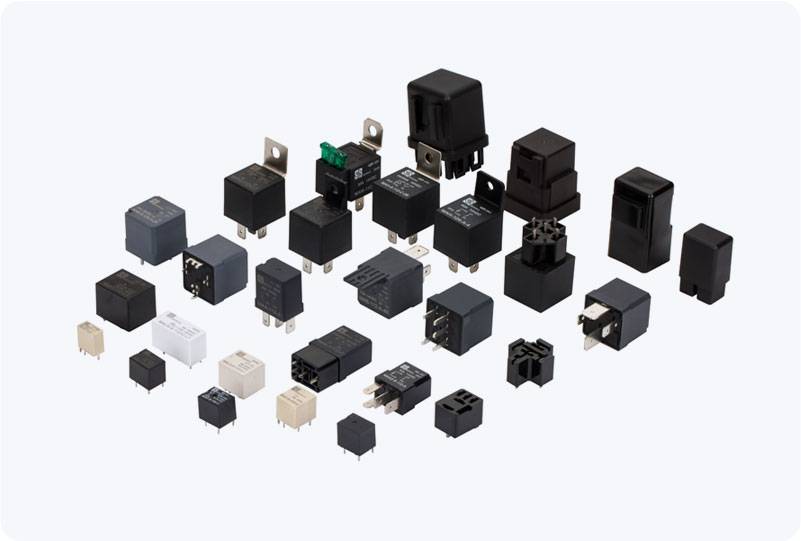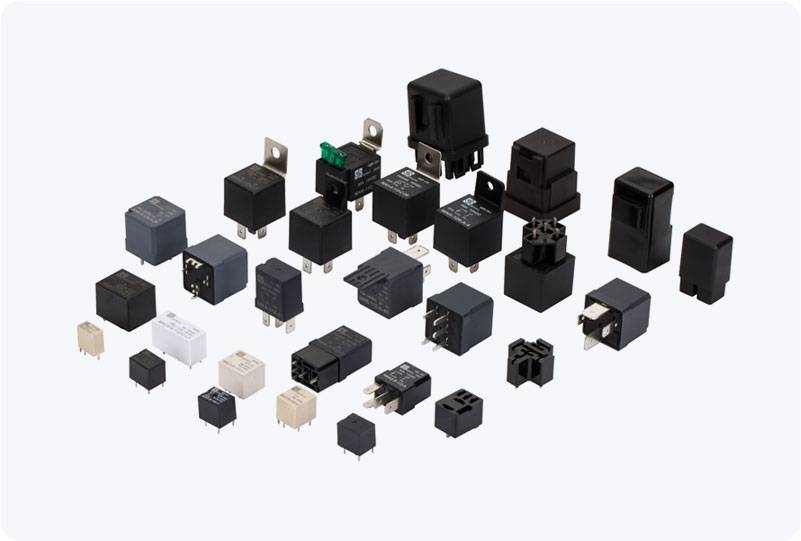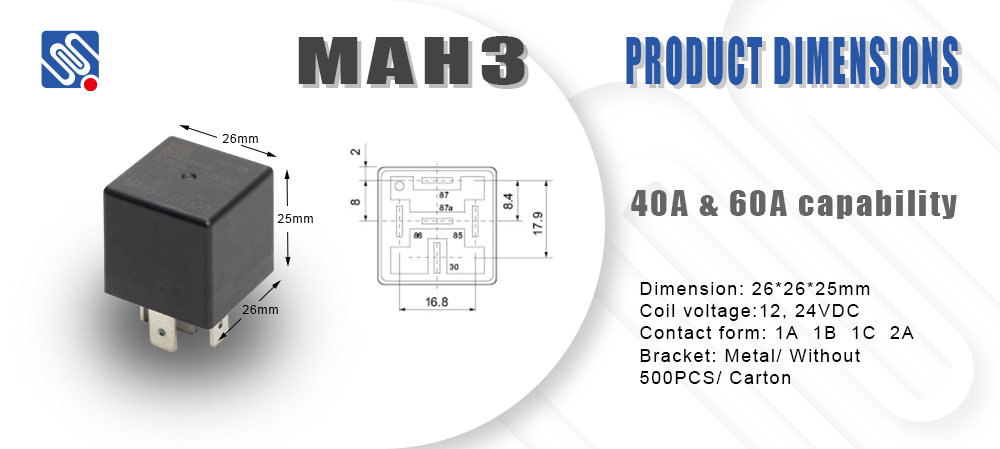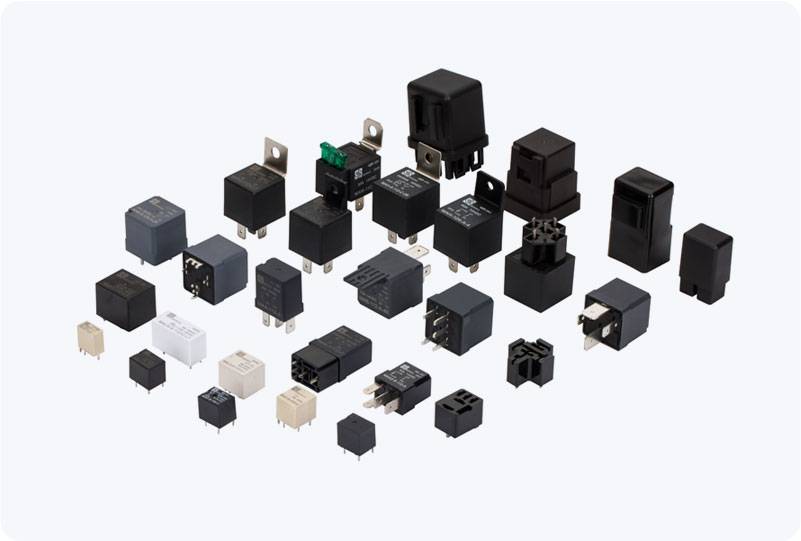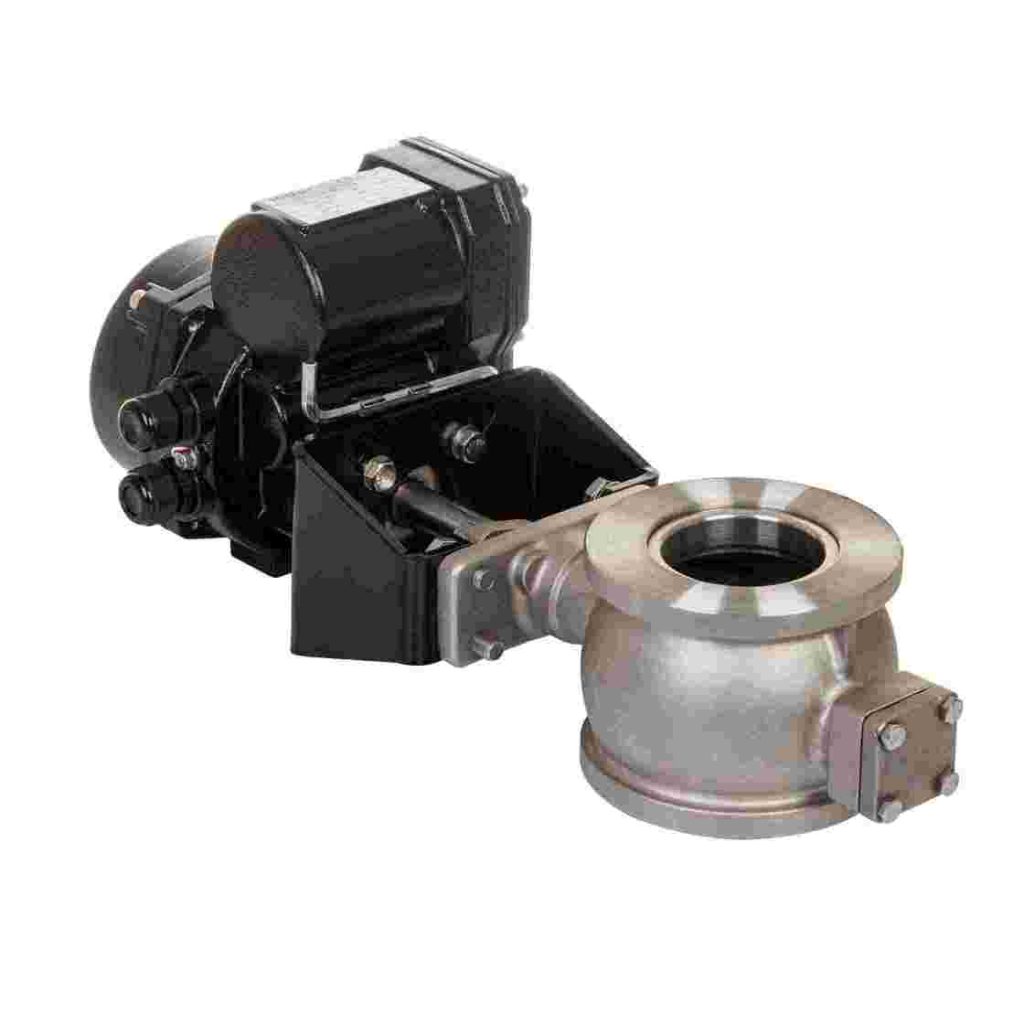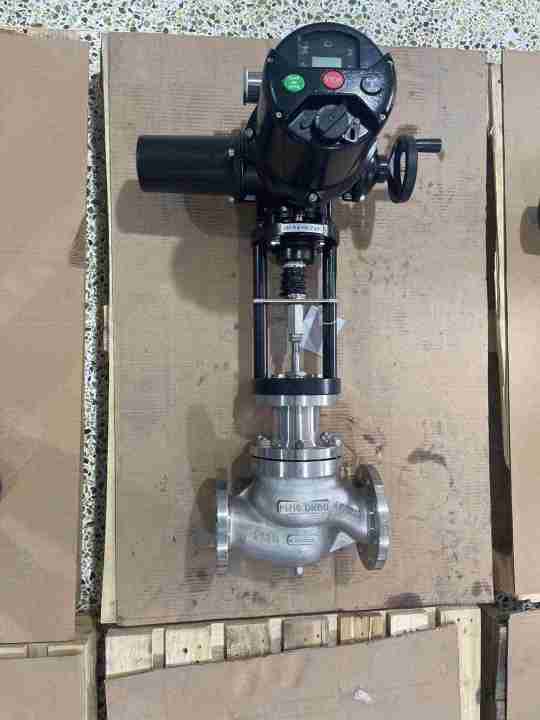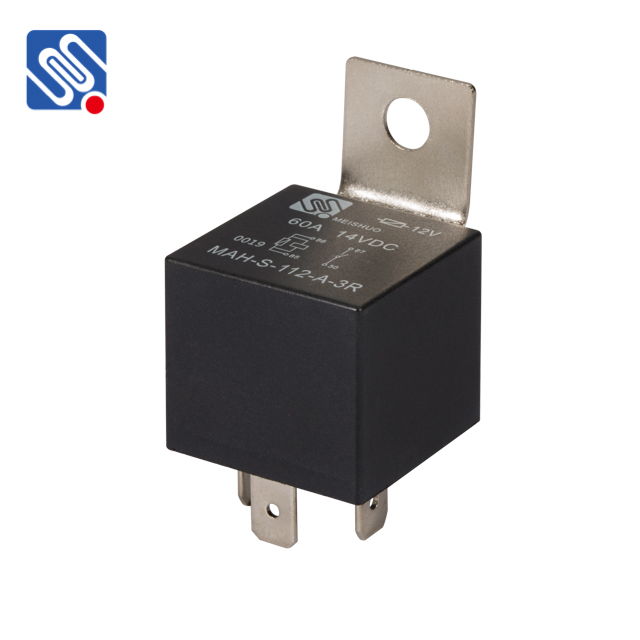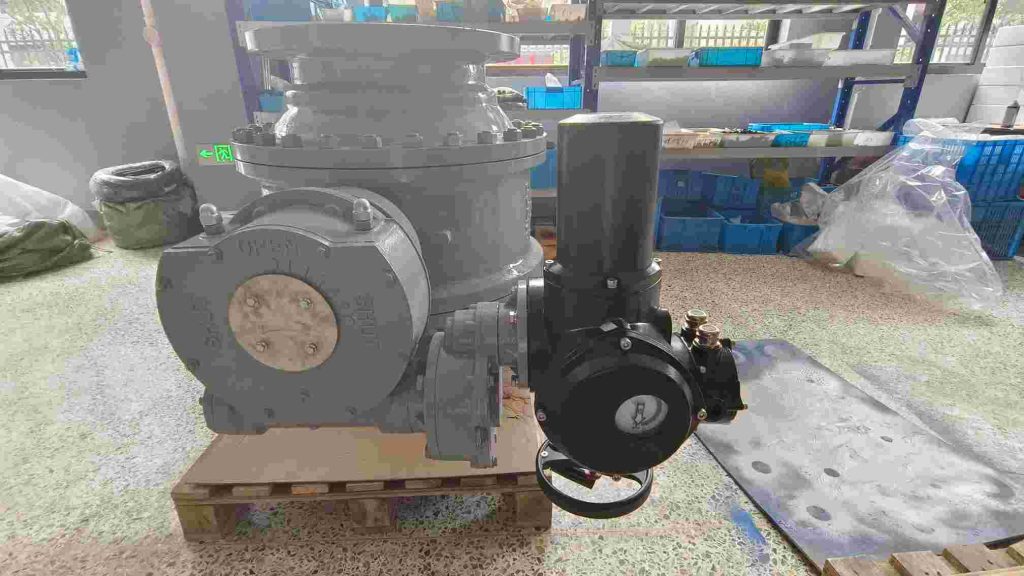A Normally Open (NO) Solenoid Valve is an essential component in various fluid control systems, playing a pivotal role in managing the flow of liquids and gases. By design, this valve remains open when not powered, allowing fluids to pass freely. When the solenoid coil is energized, the valve closes, stopping the flow. This simple yet effective mechanism makes NO solenoid valves indispensable in a wide range of industries, from automation to irrigation systems. In this article, we will explore the working principle, key applications, and advantages of Normally Open Solenoid Valves.

How Does a Normally Open Solenoid Valve Work? A Normally Open Solenoid Valve is composed of several integral parts: the solenoid coil, plunger, valve body, and spring. When the solenoid is not powered, the plunger is held in a position that keeps the valve open, allowing fluid or gas to flow through. This is the “normally open” state of the valve. Upon energizing the solenoid, the magnetic field generated by the current draws the plunger into the coil, sealing the valve and stopping the flow of fluid. The principle behind the operation of a NO solenoid valve is simple: when power is applied, the magnetic field causes the valve to close, and when the power is removed, the valve opens again. This on-off control is highly useful in systems that require intermittent control of fluid flow.
